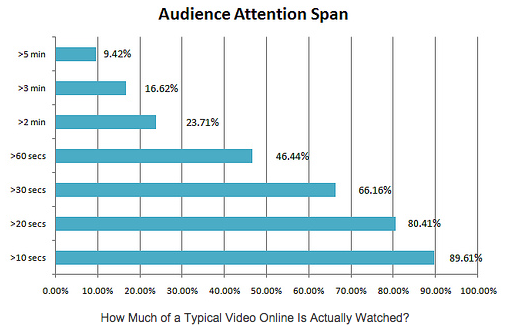Alibaba, China’s e-commerce giant, released a video of its roadshow presentation before its IPO in New York in September 2014. The video gives prospective investors all the facts and numbers about the company and how it influences China’s retail infrastructure and the lives of ordinary Chinese consumers.
This is the video that inspired us to make a film of a similar structure. In this blog I will try to analyse the digital storytelling method of this video. I will point out what message Alibaba wants to send to investors and how it does the job.
The seven-minute video consists of one introduction, one conclusion and seven stories.
In the first part, Alibaba Group’s founder and Chairman Jack Ma gives a brief introduction of the history and the status quo of Alibaba. Jack ma stands in front of the camera and speaks directly to the audience with a sincere and confident look. He talks about the initial dream of the founders when they started their business 15 years ago, which remains the same till now. Then he leads the audience to “a journey around China, to see the real people and real stories that Alibaba have impact on them”.
The main body of the video is made up of stories of seven ordinary people living in different parts of China. Each of them has a theme which reflects different aspects of changes Alibaba brings to sellers and customers as well as the whole industry.
The theme of the first story is lifestyle, which is reflected through the narrative of a college girl living in Shanghai. Using Taobao and Tmall, the online shopping sites operated by Alibaba, becomes her lifestyle. She is the representative of the 60 million daily visitors who cannot live without Alibaba in their daily life. The second story is told by a logistics executive of a delivery services company. According to him, a single dispatch site here can handle up to 1 million packages per day, among which 85% are from Taobao and Tmall. We can easily tell the large scale of the e-commerce world created by Alibaba through the profound impact it has on the logistics industry. The next one is a story about a severely disabled female painter living in a small town. At first she knew very little about the internet and it was her customers who helped her open an online store to sell her paintings. We would not forget the touching words she said:”Taobao gave me hope. Without it, how would I sell my work in this little town? Who would know about me?” The fourth story is from the angle of a shop owner living in Yushu, a remote and isolated area in northwest China. His physical shop used to have only a limited number of local customers. But now with the help of Alibaba, it is open to the whole world. We are surprised to see that he even uses mobile communication applications to manage his online store. The fifth story is about a “Taobao village” in Zhejiang Province, where an association was set up voluntarily by local online sellers themselves. Among these passionate entrepreneurs there is an elderly stamp store owner. He is proud of that his store has zero bad review. And he shares the secret of his success: being honest. The sixth story is told by a working mother who uses Taobao to buy anything from clothes to grocery and household goods. By doing that, she and numerous working mothers could have more time and energy to play with their children. The last story is narrated by a young entrepreneur who opened his tea company with a start-up money of only RMB 1,200. Thanks to Alibaba’s well-developed platform, he could focus entirely on his products rather than retailing channels and technological problems.
In the conclusion part Jack Ma restates the mission of Alibaba, which is to ignite innovation, create jobs, benefit customers and help entrepreneurs fulfill their dreams.
The roadshow video is successful in every sense. It is touching and inspiring as well as informative. In the first and last part Jack Ma explicitly states where Alibaba stands right now and where it’s going. In the main part every story is carefully chosen and narrated so as to convey the exact meaning Alibaba wants to tell. The “heart and spirit” of Alibaba is not indoctrinated by their senior executives, but instilled through the words of ordinary people while explaining their everyday life. This is a really smart strategy, which we could use when we make our own film.




